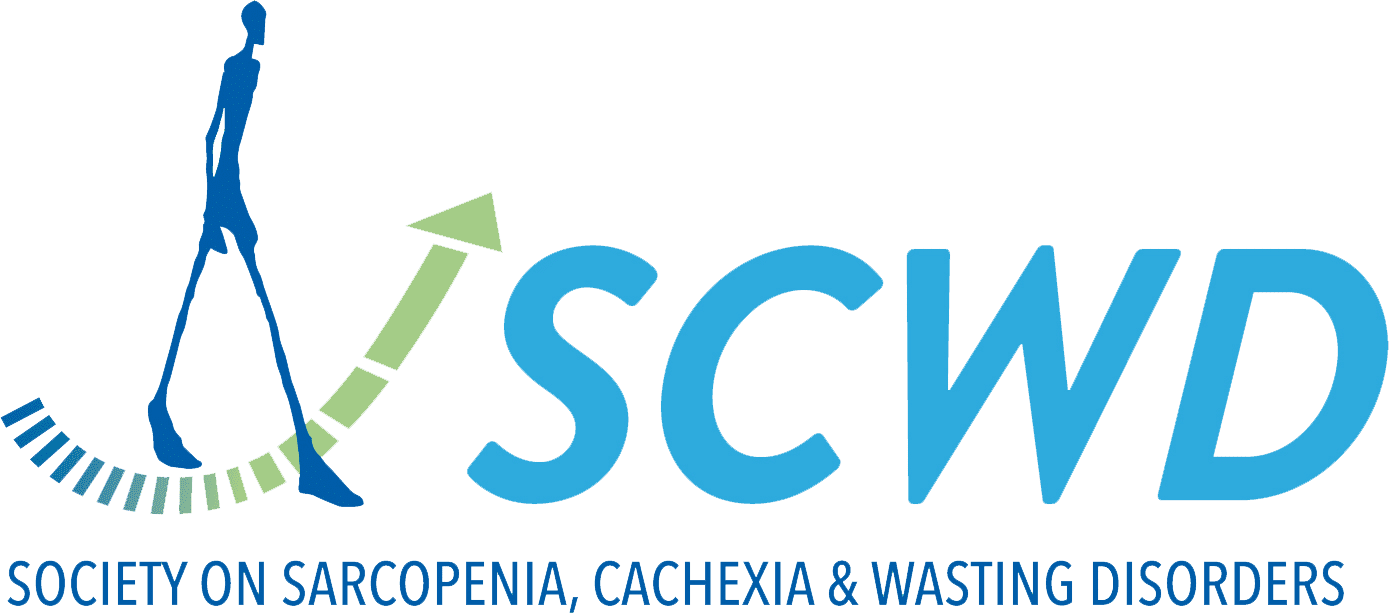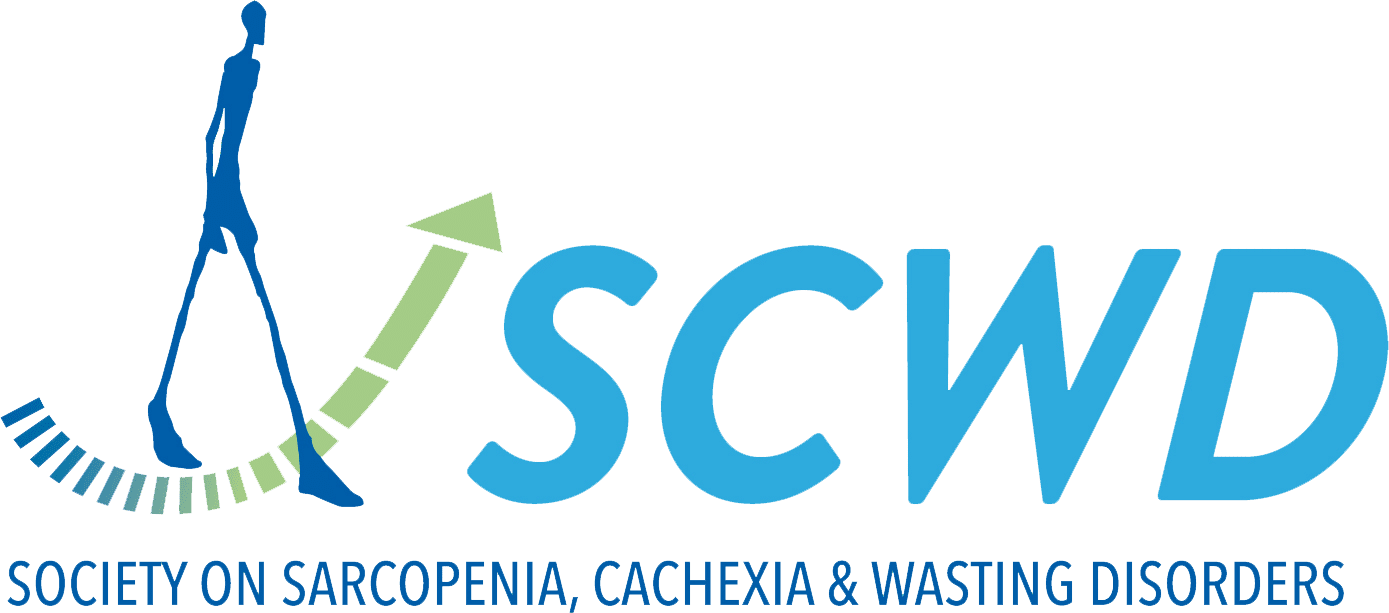Cortisol Circadian Rhythm and Sarcopenia in Patients With Type 2 Diabetes: A Cross-Sectional Study.
Patients with Type 2 diabetes mellitus (T2DM) have elevated late-night cortisol levels and a flattened circadian rhythm. Cortisol oversecretion mediates muscle breakdown and reduces muscle strength and mass, thus possibly leading to sarcopenia.
This study first investigated the association between cortisol circadian rhythm and sarcopenia in patients with T2DM. Patients with T2DM and adrenal nodules were screened for eligibility.
Skeletal muscle index (SMI) and skeletal muscle density (SMD) were obtained by analysing computed tomography images at Lumbar 3 level. Sarcopenia was defined as the presence of both myopenia and myosteatosis.
Cortisol and adrenocorticotropic hormone levels at 8 AM, 4 PM and 0 AM were measured. The cumulative logit models and receiver operating characteristic (ROC) curve analyses were performed to evaluate the association between cortisol circadian rhythm and sarcopenia.
In total, 128 patients with T2DM and nonfunctional adrenal adenomas were enrolled in this study, of whom 25 were diagnosed with sarcopenia. The mean age was 54.4 years, and 83 (64.8%) patients were male.
Patients with sarcopenia showed higher nighttime cortisol levels at 0 AM (Cor 0 AM) (4.91 [4.05, 9.95] vs. 2.44 [1.55, 4.77] μg/dL, p < 0.001) than those without. The Cor 0 AM was negatively correlated with both SMI and SMD (r = -0.318, p < 0.001 and -0.284, p < 0.001, respectively).
As the Cor 0 AM tertiles increased, the odds ratios (ORs) for sarcopenia consistently increased (OR = 4.69 [0.93, 23.53], p = 0.061, for the intermediate group and OR = 11.39 [2.41, 53.84], p = 0.002, for the high group). After adjustment for multiple risk factors, the high Cor 0 AM group still showed a significantly higher risk of sarcopenia than the low group (OR = 7.92 [1.45, 43.29], p = 0.017).
ROC curve analyses showed that Cor 0 AM had the highest predictive power for sarcopenia, with an area under the ROC curve (AUC) of 0.760, compared to haemoglobin, age, alanine transaminase and sex (AUC = 0.703, 0.695, 0.679, and 0.633, respectively). The cortisol circadian rhythm is associated with sarcopenia in patients with T2DM.
Patients with higher levels of nighttime cortisol, rather than morning or afternoon cortisol, have a higher risk of sarcopenia. This result offers a new strategy for the further research of sarcopenia.


